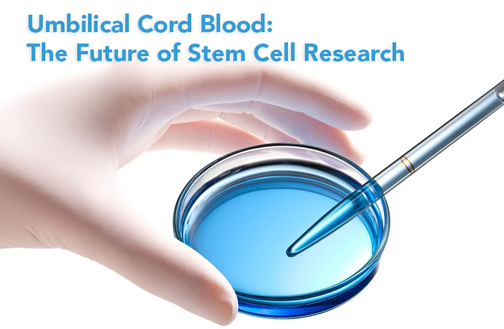
Much has been written about the exciting healing capabilities of cord blood stem cells in recent years. Medical researchers are just starting to understand the potential of these stem cells to create hundreds of new medical treatments for conditions including:
- Heart disease
- Alzheimer’s disease
- Stroke
- Type 1 Diabetes
- Repairing human tissue including ligaments, skin, muscle, tendons
- Repairing damage to internal organs
- Repairing spinal cord injuries
- Multiple Sclerosis
- Hearing loss
- Brain Tumours
Here are some examples of what the latest stem cell research has found out about the regenerative power of stem cells contained within the cord blood.
Culturing Cardiac Cells from Umbilical Cord Blood
Scientists from the Indian Institute of Sciences are currently examining how to grow cardiac cells from umbilical cord stem cells. It is thought that new cardiac cells could be generated and used to repair damage to the heart and other coronary problems.
Scientists have already created cardiac muscle cells from stem cells which may be used to help the heart function. It is thought the cardiac muscle cells may also be used to promote blood flow through a patient’s arteries.
Read more about stem cell therapy for Heart Attack (Myocardial Infarction)
Cord Blood Stem Cells Used to Treat Stroke
A recent research project at the University of Minnesota has found that umbilical cord stem cells could be used to reverse the effects of stroke in mice. Dr Walter Low transplanted stem cells from the cord blood into mice and saw the cells take on the properties of brain cells, repairing brain damage within a matter of days. The rats were almost fully healed from the brain damage caused by a stroke within the previous 48 hours.
The astonishing capability of umbilical cord stem cells to transform into other types of cells is what drives the recovery from brain damage. More tests must be done to determine if the therapy will also work in humans.
Cord Blood Stem Cells in Multiple Sclerosis Trial
A trial is underway in Canada to determine the potential uses of umbilical cord blood stem cells in treating Multiple Sclerosis (MS). Mesenchymal stem cells and Hematopoietic stem cells found in cord blood are being tested on MS patients to determine the extent of their effectiveness at reducing symptoms.
It is believed that the stem cells can reduce inflammation, repair tissue damage and support the immune system, reducing MS symptoms. This trial will feature 40 patients, aged from 18 to 50.
Previous small-scale placebo-controlled trials have found that MS symptoms stabilise or improve when treated with umbilical cord stem cells. The newer trial is attempting to determine exactly how effective the stem cells can be.
Read more about stem cell therapy for Multiple Sclerosis
Cord Blood Stem Cells May be Used to Repair Hearing
One of the ways that people commonly lose their hearing is damage to the inner ear. Researchers have recently discovered that cells of the spiral ganglion (found in the inner ear), may restored thanks to stem cells. Umbilical stem cells could be transformed to act as spiral ganglion stem cells and repair a person’s hearing. Research is ongoing in this area.
Potential Diabetes Treatment using Umbilical Stem Cells
Researchers have discovered that umbilical stem cells can be converted into insulin producing cells. By renewing insulin producing cells within the body, they may be able to cure type 1 diabetes. Researchers culture the stem cells in a lab, turning them into insulin producing cells, and then inject them into patients. Research is ongoing but the results so far have been very promising.
Read more about stem cell therapy for Type 1 diabetes
These are just a few of the recent research projects involving umbilical stem cells. As technology advances and scientific breakthroughs occur, stem cells are being seen as increasingly important. These wide-ranging medical possibilities highlight just how important storing your child’s umbilical stem cells is.


